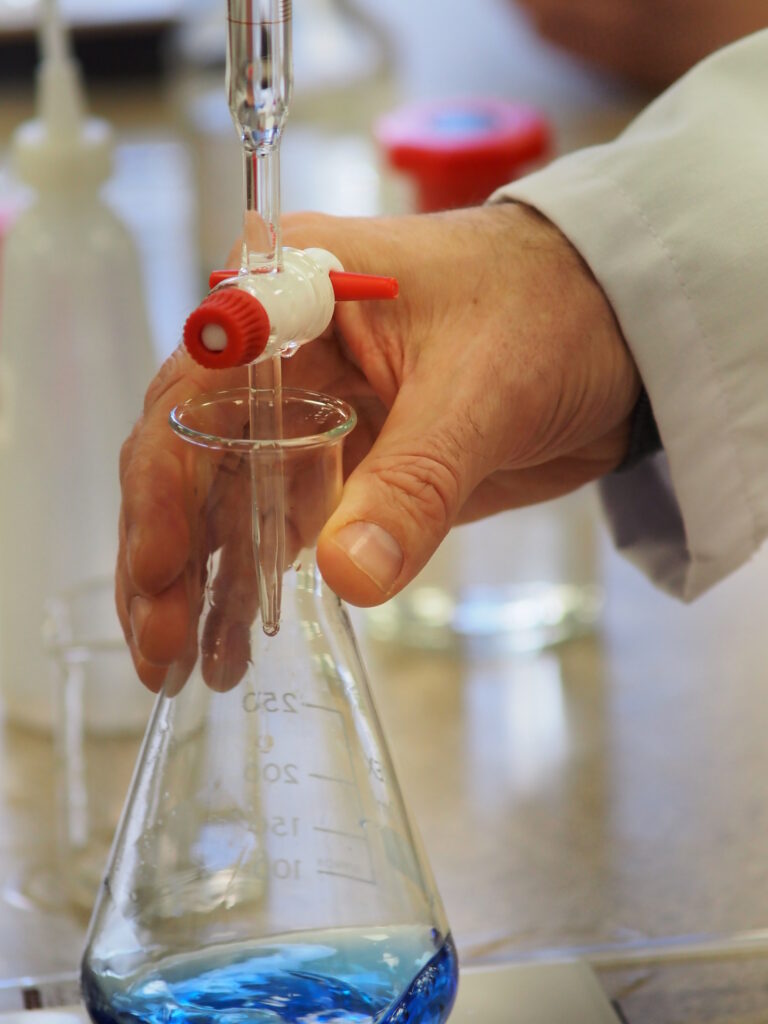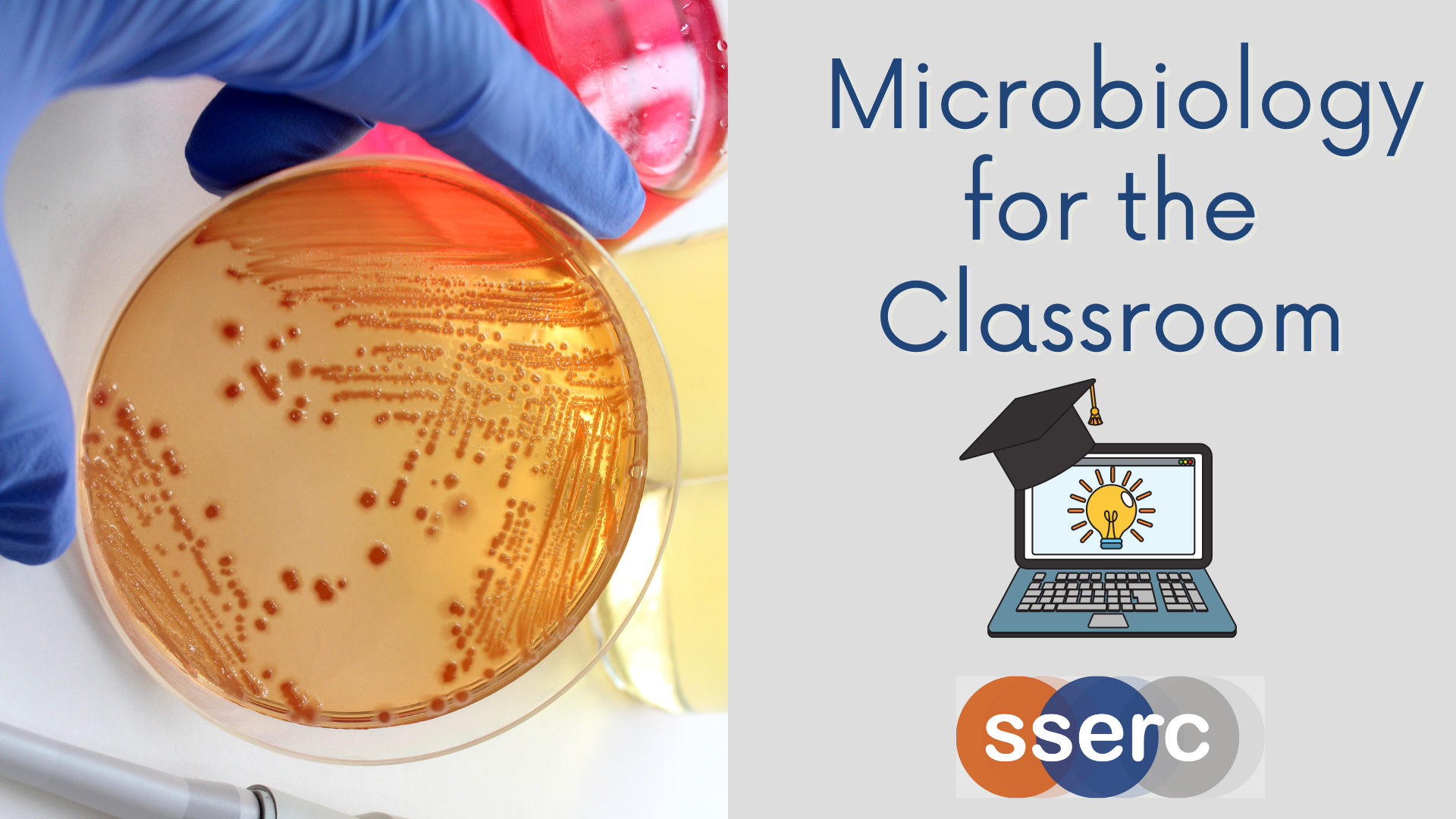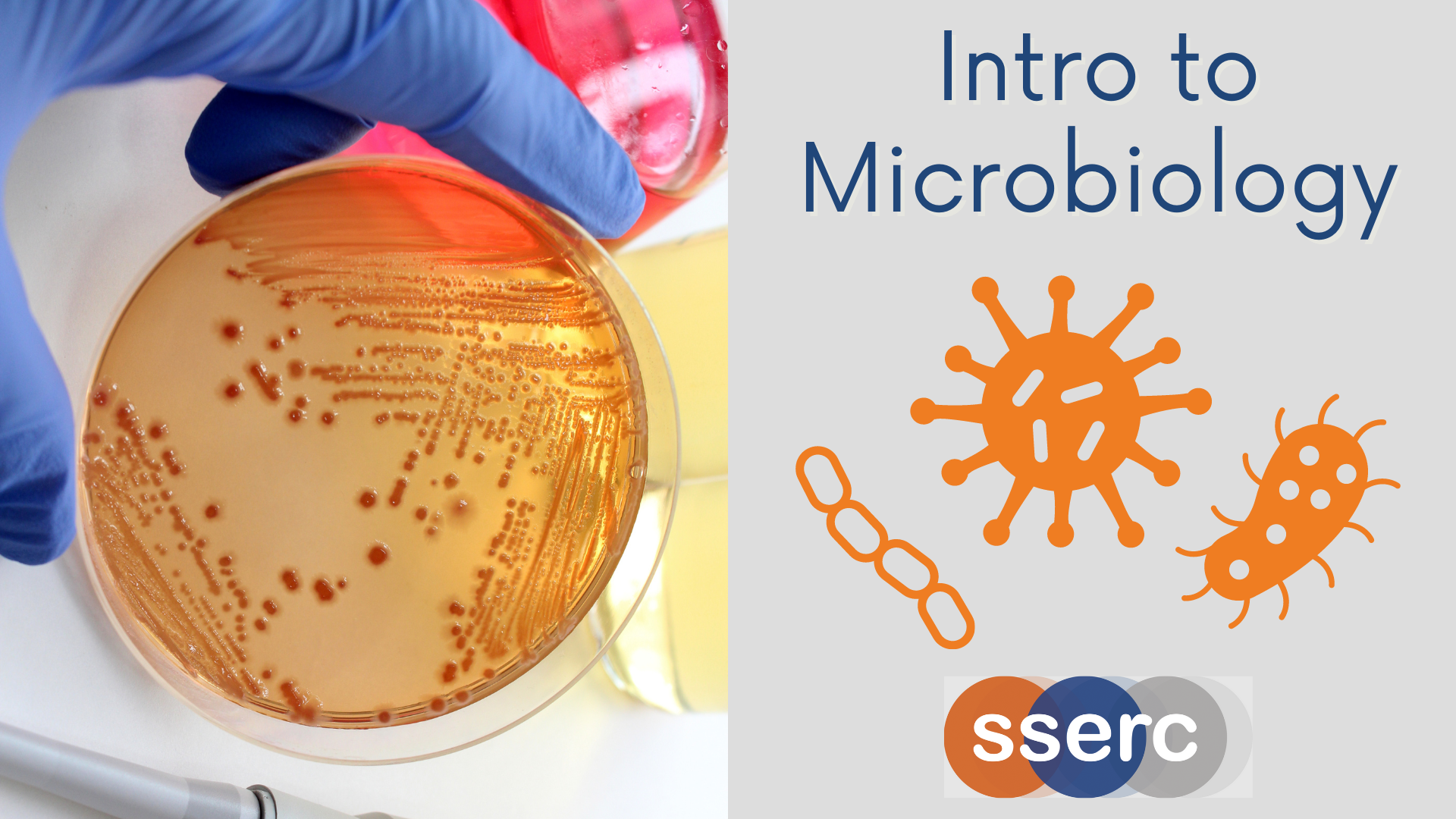In order to cut down the face to face course to 2 days – to save you both time and money – we have decided that some of the activities we had previously covered in the course at SSERC can be successfully done online.
In this course, you will find sections on Microbiology, Radioactivity, Risk assessment, Labelling and Storing Chemicals, Weighing and measuring and making up solutions. (The latter two include some practical activities but it is not mandatory for you to do these).
The Microbiology and Radioactivity units need to be completed before to come on the course. They contain essential information for you to be able to carry out the activities successfully and safely.
To access the course, enter the code you have been given in the box below.
Sorry! You are not logged in!

Do you gesture to children when explaining ideas? Do you know why? This course will not only explain, but show why gestures are a unique window into how children think and learn, as well as a means to improve teaching.
Explore a new pedagogical approach from cutting edge academic research that helps make STEM Learning in Early Years and Primary more meaningful, enjoyable, and accessible through greater understanding of how the way children sense and move shapes the way they think and learn.
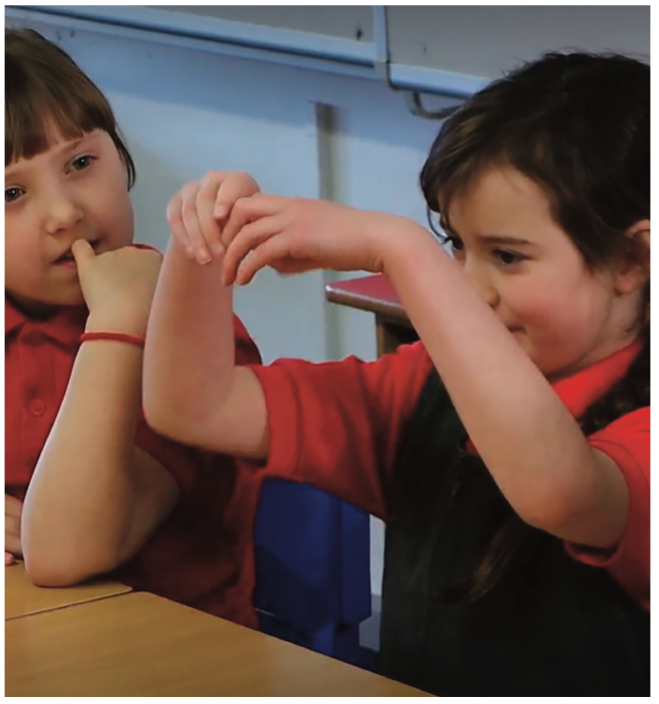
Unlock the power of gestures in learning
Funding
This course has been supported by:
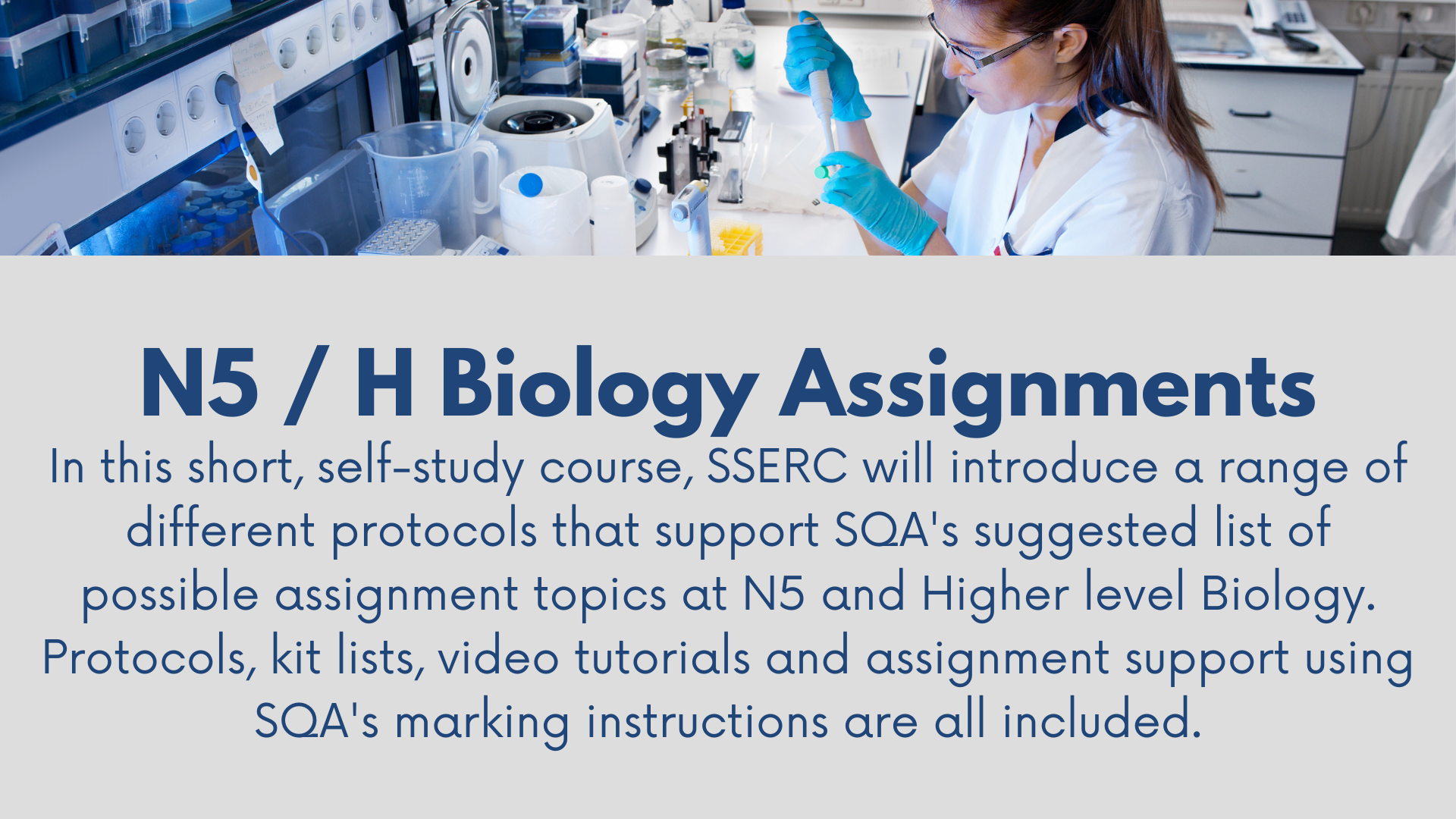
If you wish to arrange a block booking of this course for several people in your organisation, Get a PO (Purchase order) and then contact SSERC (enquiries@sserc.scot) and we can arrange to invoice you and send out a code to access it.
The code can then be redeemed (as a coupon) at the checkout.
Course contact: jonathan.doran@sserc.scot
Welcome to the physics Learndash Optical Radiation Self-Study Course
Aim
The aim of this course is to familiarise you with SSERC’s guidance on optical radiation. This will enable you to risk assess activities that use visible, ultraviolet and infrared light.
Tutor
The tutor for this course is Norman Bethune (Norman.Bethune@sserc.scot, telephone 01383626070)
Resources
The resources for this course are:
- SSERC’s Learndash guide to optical radiation – this document covers the hazards of optical radiation and the control measures you can put in place to make the risk acceptable. It is essential reading for the course.
- SSERC’s guide to practical physics – this document has guidance on common items of physics equipment and their uses. It is not solely about optical radiation but a number of relevant experimental set-ups are covered. It is not essential to study these practicals but it is likely to be helpful.
- Self-check quizzes – the quizzes will help you to evaluate your own understanding as you progress through the course. Most of the questions are multiple choice but a few require boxes to be ticked or filled in. You are not required to send your responses to SSERC, though your course tutor will be happy to discuss your answers.
- Answer to quizzes
- This course guide. Overleaf, the course is broken down into a series of study activities, interspersed with the self-check quizzes mentioned above.
Assignment and certification
Once you have worked your way through the reading tasks and the quizzes, plan and carry out an activity using one of the following types of optical radiation:
- Laser
- UV lamp or LED
- Blue ‘Lumiled’ type LED
Write a brief description of what you did. Describe the purpose of the experiment or demonstration. Include either a diagram or photograph of the set-up or a link to a video clip you made. Describe any control measures you put in place. Send it to your tutor by email. A scan of a hand-written document is fine. Your tutor may get back to you with suggestions for improvements. A satisfactory assignment and an evaluation of the course are all that SSERC requires in order to award you a certificate of successful completion.
Should you experience any issues or simply require clarification on any point please contact Norman.Bethune@sserc.scot
Welcome to this online, self-study course on the basics of Health and Safety.
By the end of this course, you should have a better idea of the responsibilities both you and your employer have and hopefully will feel more confident about what you are and aren’t allowed to do.
Remember – if you are in any doubt, just contact us at SSERC and we will help.
Welcome to this self-study course on Introductory Chemistry.
The course is aimed at school/college technicians who, while possibly being experienced elsewhere, have little to no experience of chemistry.
Continue reading Introductory Chemistry
At the end of the course there is a short quiz.
Enter the code you have been given into the box below to access the course.
Sorry! You are not logged in!
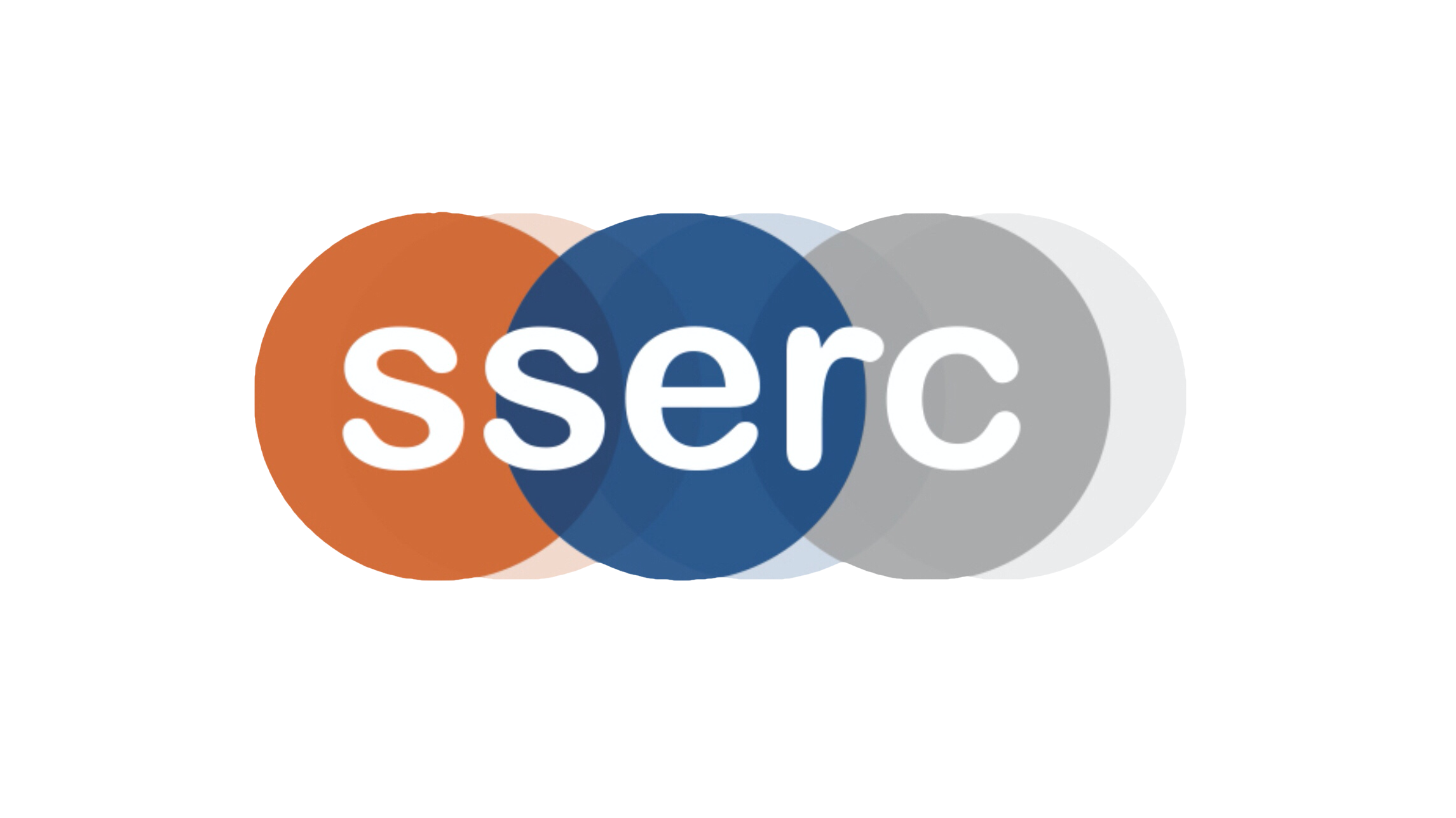
This course is designed to provide learners with the knowledge and skills required to enable them to set up and operate equipment used in a physics laboratory. It is suitable for learners with limited or no knowledge of physics equipment used in secondary schools. By the end of this unit the learner will be able to:
- Demonstrate knowledge and understanding related to school physics laboratory equipment and its safe use.
- Demonstrate understanding of how to set up physics equipment, measuring techniques and basic fault finding.
This course is aimed at school technical support staff and is SQA accredited (2 SCQF points at level 5) and is a pre-requisite to the Intermediate Physics Course.
This course, along with other SSERC physics, chemistry and biology courses, forms part of a suite of competency based CLPL for support staff.
A PDF copy of our notes for this course can be found here.
(Right click the link and select ‘open in a new tab’ to have the document available throughout the quiz).
A PDF copy of out ‘Activities’ booklet can be found here.
The youtube playlist containing videos of all the course activities can be found here.


